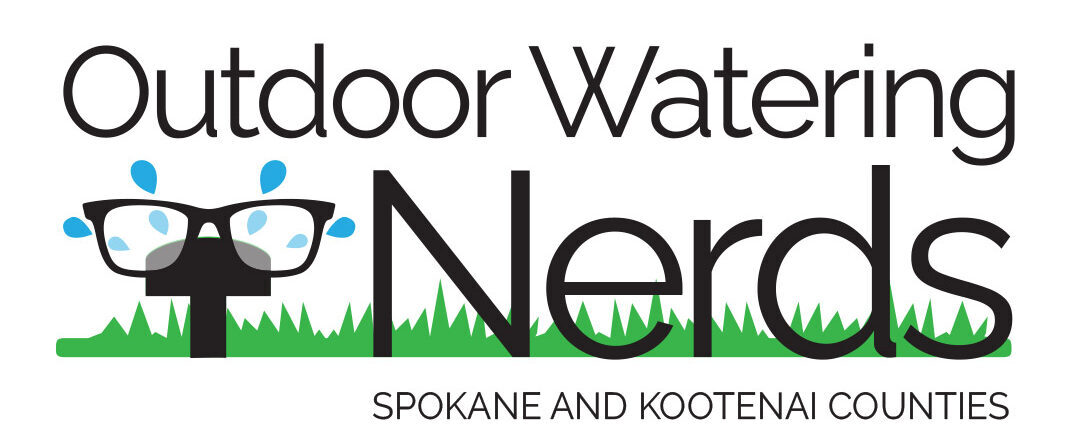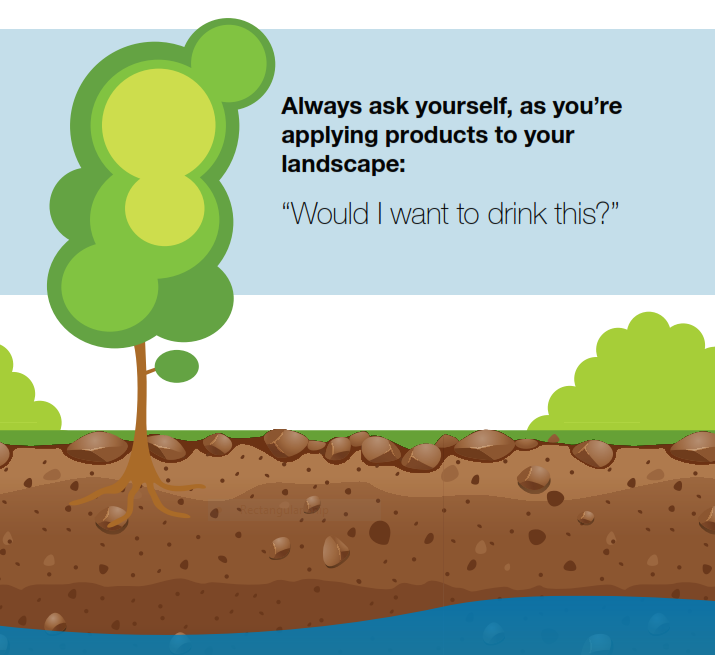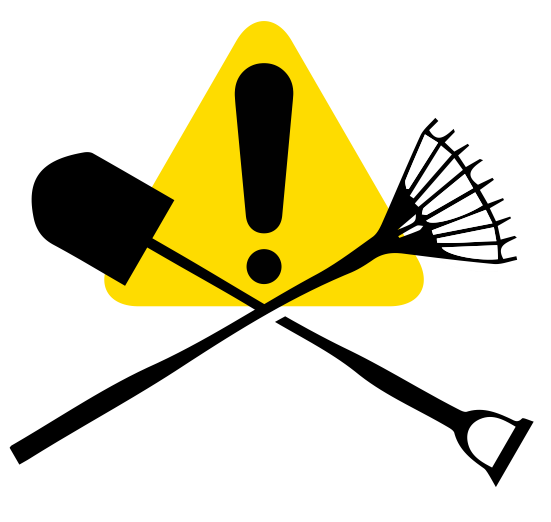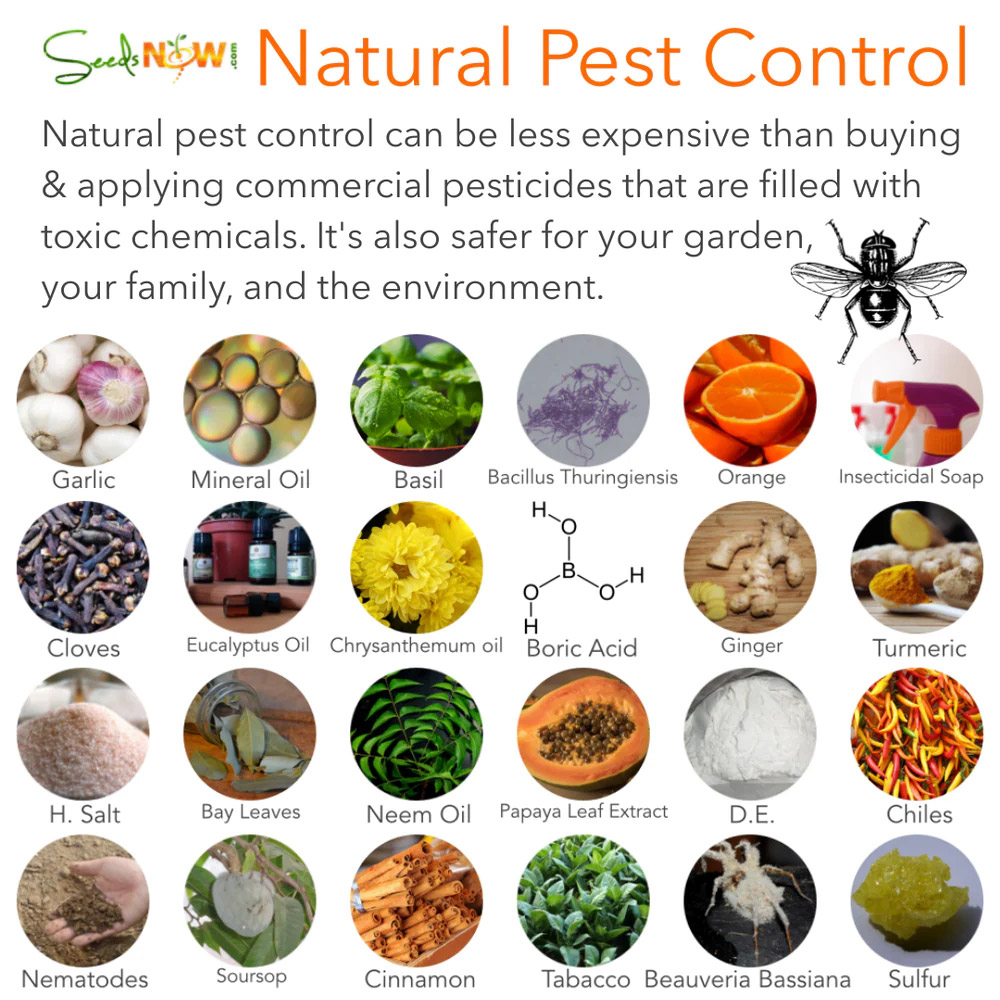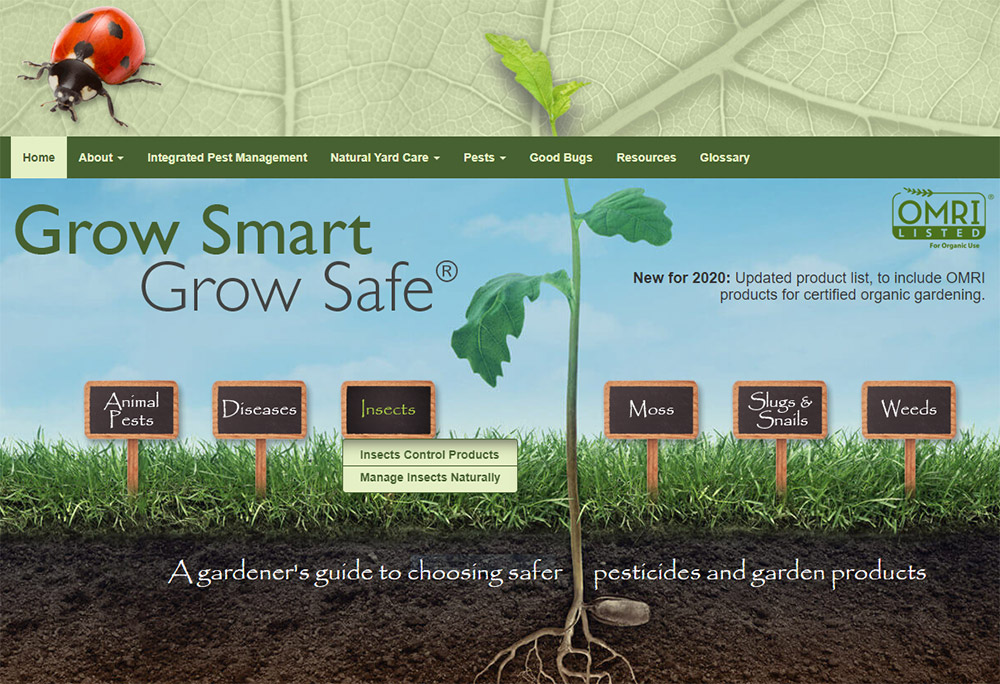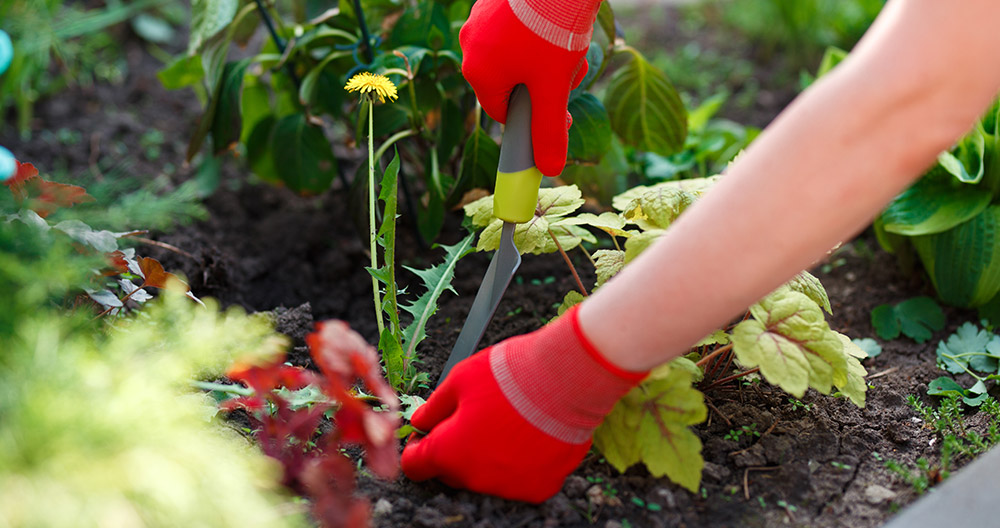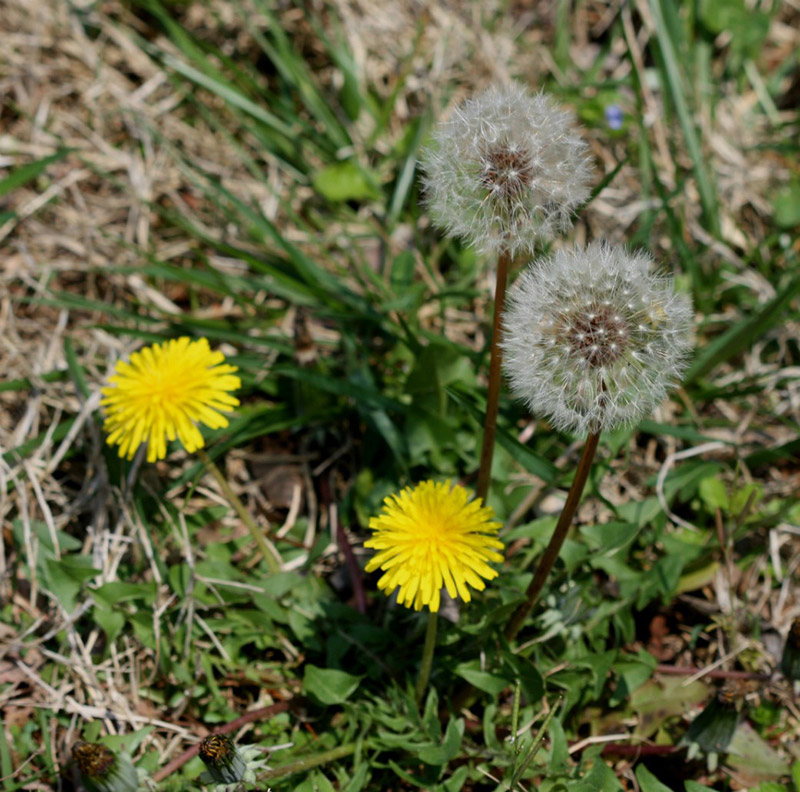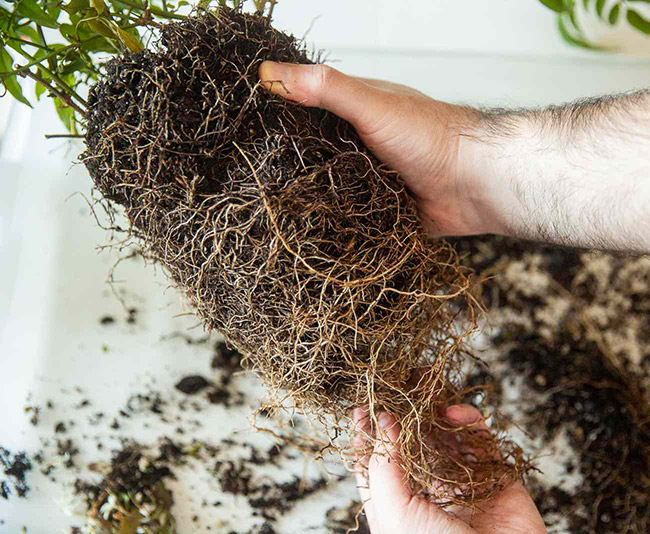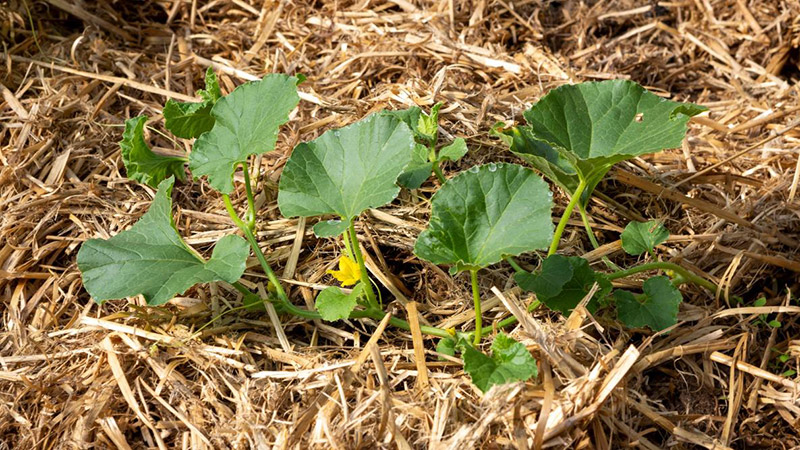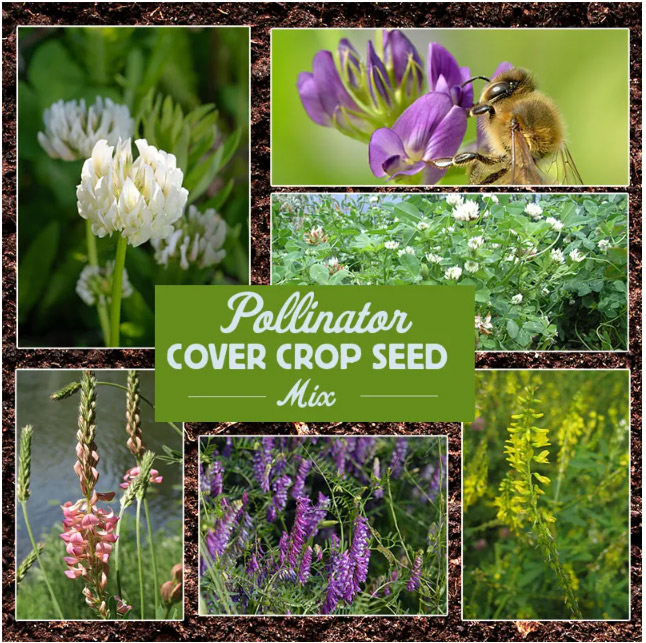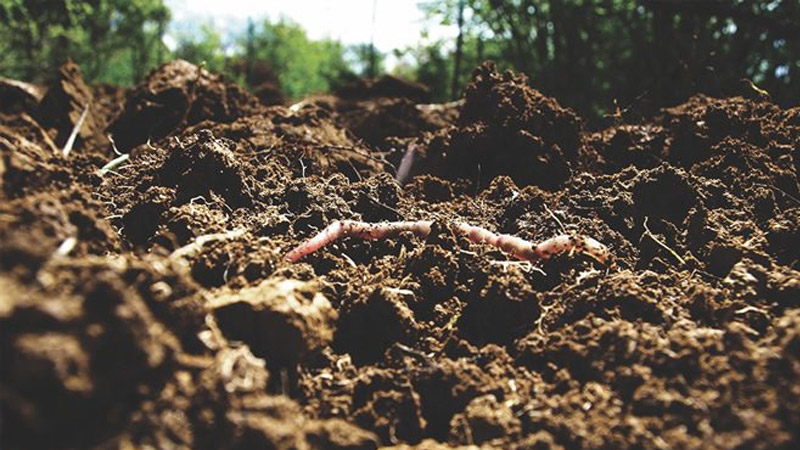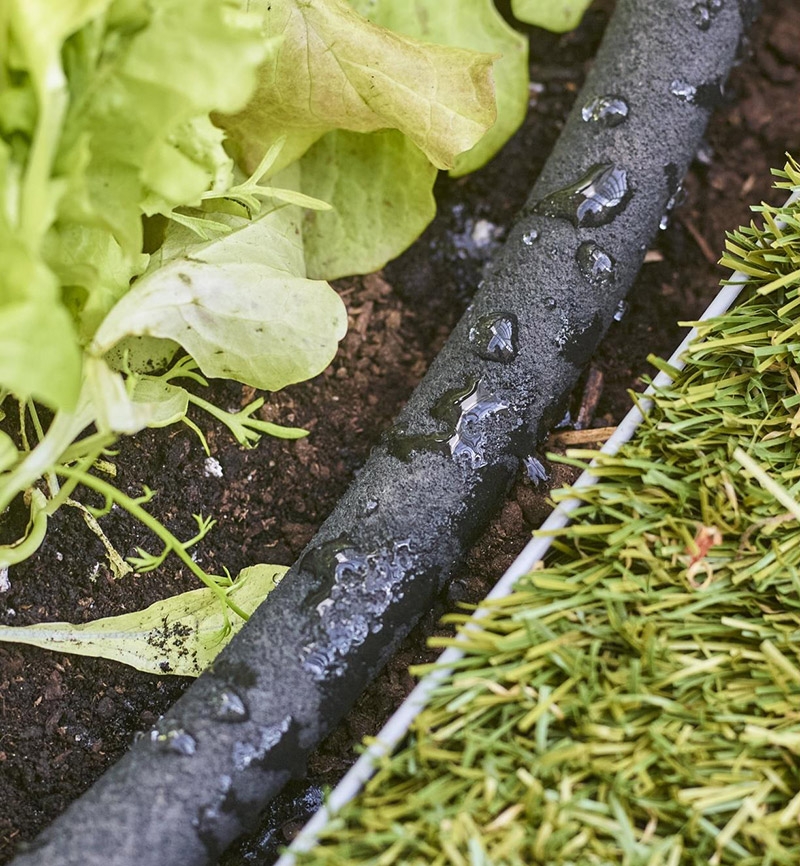Fertilizers, Pesticides and Herbicides
Your gardening practices can make a difference in protecting our water quality and using water efficiently. Chemical and fertilizer products used on your landscape could end up in our drinking water through leaching and runoff. Leaching is a problem because products put on your lawn can travel down through permeable, sandy soils and end up in the SVRP Aquifer, our sole source of drinking water. Runoff is a problem when your sprinklers run for too long, or heads are broken or misaligned. Water runoff will carry chemicals and fertilizers onto driveways, sidewalks, streets, and into storm drains, ending up in the Spokane River and the SVRP Aquifer. Apply lawn chemicals sparingly and never fertilize right before it rains. Never use chemicals near open water such as streams, rivers, or lakes. Properly dispose of hazardous lawn and garden chemicals. Find out how at the Spokane Kootenai Waste and Recycle Directory.
Don’t Pollute Our Water. It’s Beneath You.
Fertilizers
Organic Fertilizers include compost, manure, bone meal, fish emulsion, mulch or other organic amendments that release nutrients slowly. Avoid fertilizing with synthetic chemicals or apply smaller amounts throughout the year instead of one large application once a year. Learn how to compost your yard and food wastes to enhance the soil in your garden. Learn more by visiting the Master Gardener program in Idaho and Washington.
WSU Extension Master Gardener Program https://mastergardener.wsu.edu/
Idaho Master Gardener Program – Kootenai County https://www.uidaho.edu/extension/county/kootenai/garden/master-gardener
Pesticides
Pesticides – Choose the least toxic compounds such as horticultural oils, soaps, and botanical insecticides.
IMPORTANT – Even homemade or natural remedies which are meant to kill harmful insects will also kill beneficial insects. Do your own research about how to prepare these ingredients into sprays or solutions. Use these natural remedies sparingly, only applying directly to the affected area. Use them first thing in the morning or at dusk.
The easiest solution to keep pests away is to keep your garden “healthy”! This means removing weak plants, building up a nutrient rich soil using clean mulch, clearing debris and weeds, practicing good crop rotation, keeping foliage dry during the day, and disinfecting all garden tools after use.
You should also encourage beneficial insects to take up “home” in your garden. Things like ladybugs, lacewings, hoverflies and praying mantis will contribute to the control of any pest problem you may be encountering.
Here are a few safer alternatives to chemical pesticides
- Aphids: wash plants with soapy water or introduce Lady Bugs.
- Ants: Place cucumber peels or slices at the ants’ point of entry. Bitter cucumbers work best. Dry, crushed mint leaves, powdered cinnamon and cloves also work as ant deterrents.
- Mosquitos: Thai lemon grass plants contain citronella and are a natural and effective repellent.
- Flies: Small sachets of mint, bay leaves, cloves, eucalyptus oil or sweet basil can be placed where flies are attracted.
- Slugs & Snails: Place small trays with beer in affected areas. They will be attracted to the beer and unable to escape the tray.
- Rodents: Use a mouse trap.
If you plan to use pesticides visit Grow Smart. Grow Safe. A gardeners Guide to choosing safer pesticides and garden products. Updated product list includes Organic Materials Review Institute (OMRI) Listed products certified for organic gardening.
Herbicides
Instead of using herbicides to kill moss and weeds choose disease, pest, and drought resistant plants. Keep your plants healthy so that chemicals are not as necessary. Here are 9 strategies for a weed free garden from Savvy Gardening.
2. Stop weeds before they to seed
The best way to reduce garden weeds is to never let them set seeds in your beds. If you don’t have time to pull up all the weeds, at least clip off any flowers or seedheads that have developed. You can break them off by hand or use garden snips. If you’re gardening in a new site, you can reduce the weed seed bank in your soil by tilling or hand tilling the soil, watering, and then waiting. Many of the weed seeds in the soil will germinate. Pull them out as they appear.
3. Mulch, mulch, mulch for a weed free garden
Mulch is one of the most important tools in a weed free garden. It doesn’t matter if you’re growing trees and shrubs, perennials, annual flowers, or vegetables, a layer of mulch will be your best friend. Mulch blocks light from reaching the soil, reducing weed seed germination. For ornamental plants, the most common mulching material is bark mulch which is made from shredded bark. In food gardens, straw or shredded leaves are popular for reducing weed growth. A three- to four-inch-thick layer of mulch will reduce weeds.
5. Cover bare soil in the garden
Bare soil is an invitation to weeds. No matter what type of garden you’re growing, cover bare soil with mulch or plants to limit weeds. In a shrub or perennial garden where plants are spaced to allow for growth, use bark mulch or a similar material. In a vegetable garden use shredded leaves, straw mulch, or interplant to create a living mulch. Interplanting is simply planting more than one type of crop in the same space. Between slower growing crops like tomatoes or broccoli, plant quick growing crops like arugula or leaf lettuce. By the time the slower growing plants need the space, the greens have been harvested.
High-intensity planting means seeding or transplanting crops close together. You don’t want them to compete for sun, water, and nutrients, so read seed packets to discover recommended planting distances. You do, however, want them to grow densely with healthy root systems so they can choke out weeds.
6. Add cover crops
Cover crops are a great way to reduce weeds as well as build soil. If you have a new garden site and want to reduce the weeds, you can plant a fast growing, dense cover crop like buckwheat which is often affectionally called a ‘smother crop’ for its ability to crowd out weeds. It’s also a great soil builder when tilled or dug into the soil. Just be sure to cut cover crops down before they set seeds. You can also use perennial cover crops like clover as pathway plants between raised beds to reduce weeds and entice pollinators.
7. Garden in raised beds or containers
Raised vegetable beds can be cared for without needing to walk on the soil. Walking on garden soil causes compaction. Compacted soil has fewer air pockets and doesn’t allow water to move through the soil easily. When soil is compressed, the only plants that seem to grow well are weeds. Having raised beds or gardens where you never walk on the soil is a big step in promoting healthy plant growth and reducing weeds. In small spaces, you can also plant annual flowers, vegetables, and herbs in containers. There are many types of containers available at garden centers and online in a wide selection of sizes, styles, and materials. When you garden in pots you’re planting in sterilized potting mix, not garden soil and that means fewer weeds.
8. Grow healthy soil
Healthy soil that is rich in organic matter is the best way to encourage plants to grow well, and in the case of vegetables, produce a good harvest. When plants are growing well, they’re more able to compete with weeds. That said, if you’re getting organic matter, like rotted manure from a farm, be sure to monitor beds closely for weeds in the weeks after applying it to the soil. Compost or manure bought in bags is typically sterilized and free of weed seeds.
9. Water smart for a weed free garden
Implementing smart watering techniques, especially when plants are young, is a good way to restrict weeds. Whether you’ve planted a lilac or a tomato plant, water the plant, not the all the soil in the garden bed. If you water the whole garden, you’re also watering weeds and weed seeds. You can use Drip Irrigation and Soaker Hoses or your own DIY watering system to direct water to the roots of your plants to encourage a weed free garden.
